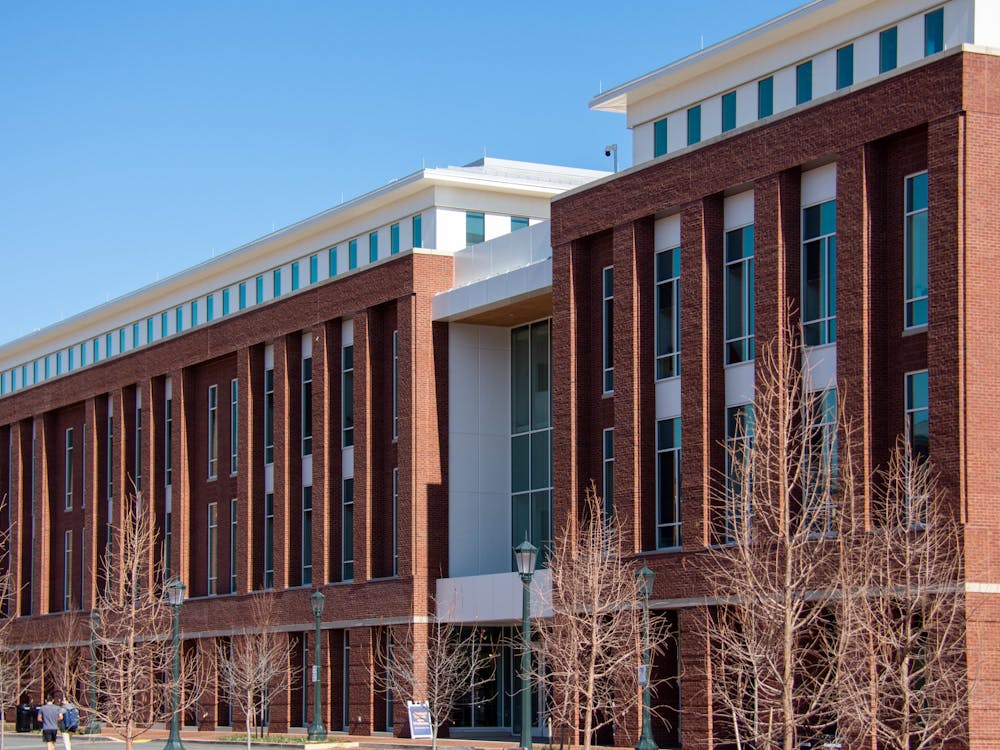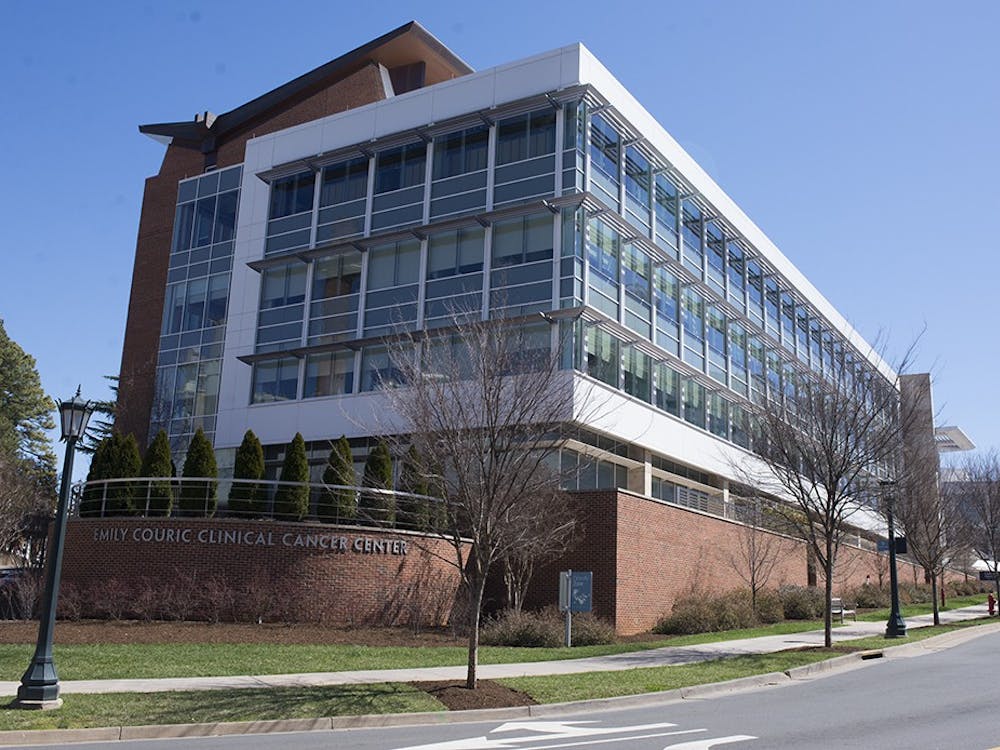Students and faculty at the University are taking advantage of a multi-million dollar research facility in the Chesapeake Bay to research coastal processes including barrier island, lagoon and mainland ecological systems.
The facility, the Virginia Coast Reserve, spans 14 barrier islands and is one of the 26 Long Term Ecological Research center sites located around the world. Stretching 60 miles from Fisherman Island to Chincoteague Island, the VCR comprises the longest stretch of undeveloped coastline on the Eastern Seaboard.
In the 1970s, the Nature Conservancy bought 13 of the Eastern shore islands before developers were able to turn the shore into "another New Jersey," Research Prof. Michael Erwin said.
Anheuser-Busch granted a $10 million endowment to the University in 2000 for construction of a long-term coastal processes research facility.
During the summers, the University sends graduate students as well as two to six undergraduates who have completed their third year to conduct research at the VCR. Most of the ongoing projects study the growth or vulnerability of various grass and bird species with the aid of video recordings, sample collections and annual visits during the appropriate seasons.
Graduate student Charlie Clarkson has studied water birds through the eyes of a conservationist for the past three summers.
Clarkson collects and studies feathers and regurgitation samples from birds including the double-crested cormorant, the glossy ibis, the great egret and the snow egret.
Clarkson uses this data, in combination with videos of the nests to observe what birds consume and at what rate. Because the species live in a range of five to six different habitats and samples are drawn from early to mid to late seasons as well as both tidal cycles, results have been inconclusive so far, Clarkson said. Clarkson said with more samples he should be able to determine the birds' biomass consumption.
After attending the University as an undergraduate, graduate student Laura Reynolds returned from her research in California to study the genetics of natural and restored sea grass. Results prove the restored sea grass produces higher genetic diversity than the natural patches, "one of the reasons we're having a successful restoration," Reynolds said.
Reynolds looks at the sea grass origins, sampling from Massachusetts to North Carolina, and uses genetics to determine where the natural recruitment came from.
When Reynolds began studying the sea grass, she spent summer on the reserve and about a month in the fall and spring there as well, she said. What takes a couple of hours collecting samples on the salt marshes requires a week and a half of work in the lab, she said, but now she is done with her project except for statistical analysis and writing.
Fellow graduate student Dana Gulbransen studies an invasive macroalgae species found in the bays during the early 2000s. After confirming its genetic identity from the three original samples, she confirmed that the algae was widespread. Gulbransen then tagged nitrogen subsidies to track the algae's invasive nature. "I found that nitrogen from the algae was showing up in invertebrates and plants in the marsh and on the mudflat," she said.
Gulbransen is looking further at the algal mats five to six inches thick on the mudflat surface where native and migrating shore birds feed on invertebrates. Last spring during the migration, she watched the birds model the way in which algae "moves around in coastal areas," she said.
Some concerns exist about whether the algae serves as a potential reservoir for bacteria.
"This study will probably have implications for looking at the effects on oysters in the area," Gulbransen said, noting they are an important source of income for residents.
Student work at the LTER engages those fascinated and willing to return to sites throughout the years and develop a predictive understanding of how long-term change and short-term disturbance control the dynamic nature of coastal barrier landscapes. Several professors offer courses at the University focused on coastal processes.
Through a variety of classes across disciplines from environmental science to urban and environmental planning and civil and environmental engineering, students can study some of the same topics and learn from key LTER affiliates such as Principal Investigator Karen McGlathery and Information Manager John Porter, all without leaving Grounds.






